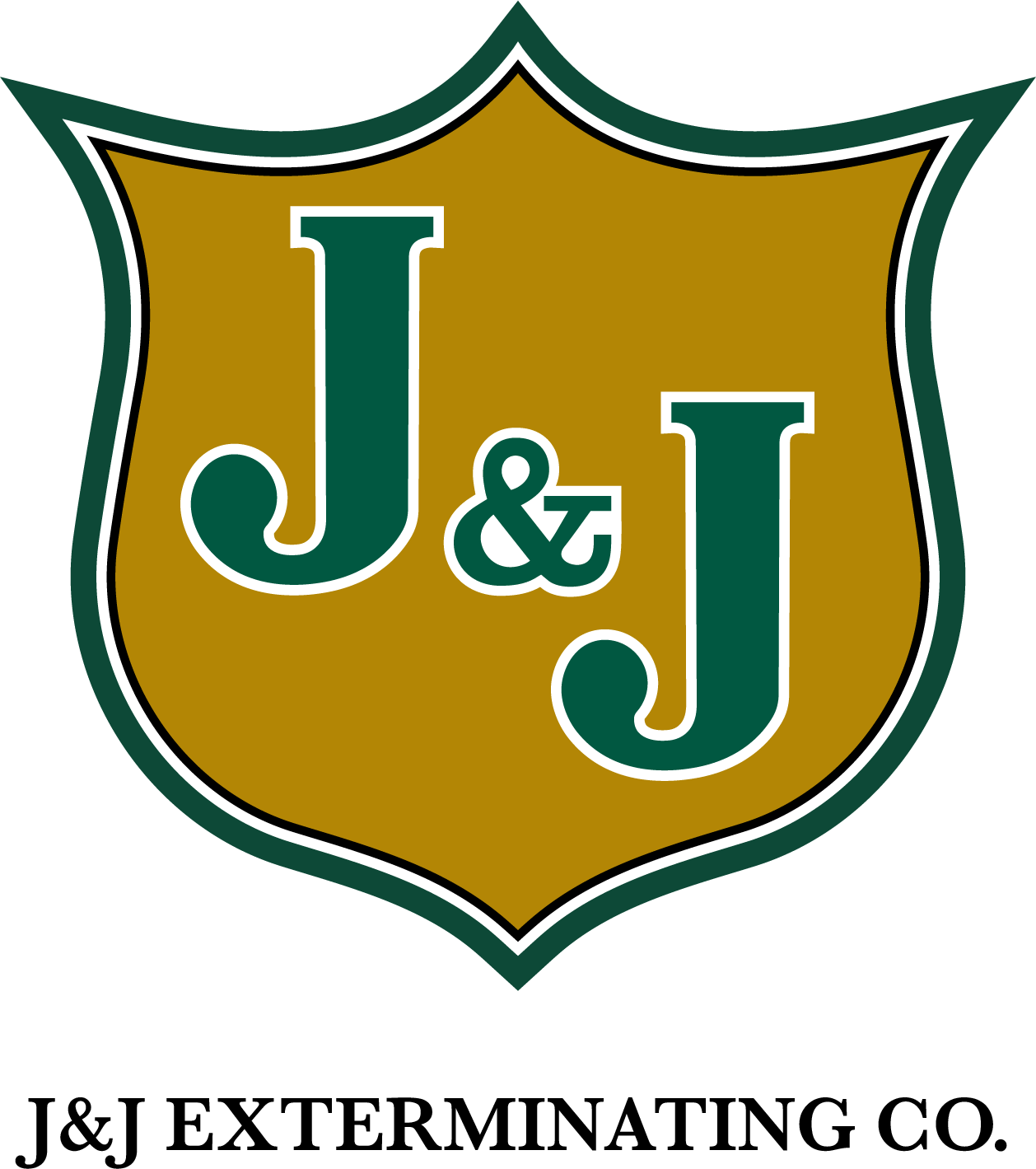Given the high number of termite pest species inhabiting Louisiana, including the highly destructive invasive Formosan subterranean termite, it is not uncommon for residents to find termite damaged structural wood within their home. Finding termite damage in homes built before the mid 20th century is common, and these older homes are abundant in New Orleans and other cities in the state. Most older homes were built in a manner that allows subterranean termite pests easy access structural wood. For example, many older homes were built with untreated lumber that is vulnerable to termite attacks, and most older homes contain structural wood sources that make contact with the soil, allowing subterranean termites direct access to a home’s structural and cosmetic wood sources.
Termite infestations often become particularly heavy in homes that contain lumber that makes contact with the ground soil, as subterranean termites do not need to build mud tubes in order to bypass a home’s stone foundation in these cases, and the presence of mud tubes often serve as the only clear sign that a home is infested with the wood-eating pests. Sometimes during remodeling projects, homeowners locate termite damaged structural wood that appears to have been abandoned by termites. In these cases, it is not always clear whether a home still has a termite infestation. However, when finding structural wood that has sustained termite damage, it is important to have an inspection carried out, even if no live termites are present.
When termite damaged wood is found in a home where no termites seem to be active, the case may be that the home was previously infested, but has since become abandoned by termites, or the previous owners may have had termite treatments carried out within the home. It is also possible that the home could still be infested in other areas. Even when termites seem absent from damaged structural wood, a few signs may indicate that the insects are still active in the area. For example, if the infested wood is particularly moist or damp, the wood is likely to still be infested. The presence of moisture on structural wood can sometimes be seen with the naked eye, but in cases where wood is painted, surface bubbles on the paint and/or stains on wallpaper often indicate an active infestation. If mud tubes can be found on damaged structural wood the tubes should be removed before checking the wood a couple weeks later to see if the mud tubes have been rebuilt. If mud tubes have been rebuilt, then an active infestation still exists.
Have you ever found termite damaged wood in your home?
Tags: Termite Control, Termites




